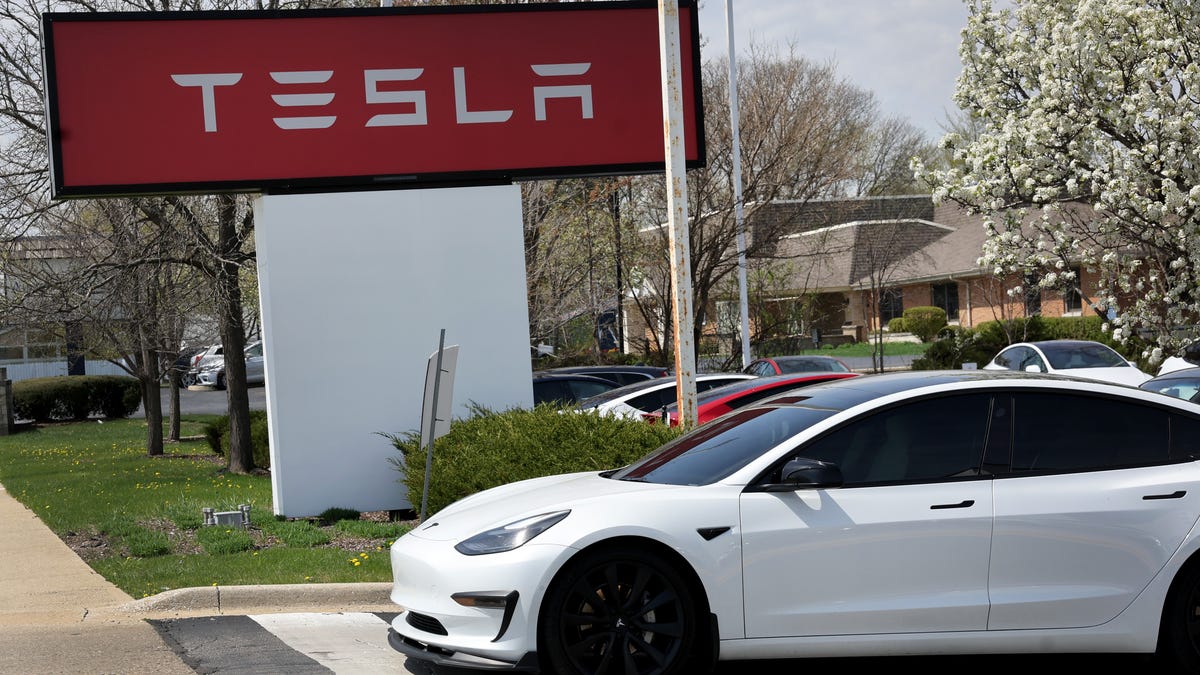Police in California are experiencing what happens when good intentions crash into reality. Police departments are transitioning to battery powered vehicles but those vehicles come with challenges that make cops’ jobs more difficult.
California is all in on an electric future, planning to ban the sale of gas and diesel powered cars starting in 2035. To get ready for this brave new world some police departments started with buying a few Teslas. These departments immediately ran into serious problems using the vehicles as cruisers, such as a lack of charging infrastructure, inadequate interior space, expensive and lengthy retrofitting processes, interference from advanced driver safety assistance systems and more. Police Chief Cedric Crook for the Ukiah, California police department told San Francisco Gate he doesn’t think the department’s Model 3s will see action any time soon:
The car has other issues, namely size. Tesla back seats “only have room for one prisoner,” Crook said, limiting an officer’s ability to sequester suspects. With an all-Tesla police force, Crook believes incidents involving more than one party will require more officers to respond with more cars, putting strain on resources, all because of the tiny back seat.
Police are often required to transport suspects, witnesses or victims for cases they’re working, sometimes for long distances. Crook remembered a case where his detectives drove 630 miles to Mexico to transport a potentially dangerous subject in their vehicle. If the detectives were in a Tesla, Crook noted they would have had to spend an hour in the middle of the drive at an unsecured public charging station standing guard over the person, something that would not happen with an internal combustion engine.
Furthermore, Crook told SFGATE that he’d heard officers were unable to comfortably get in and out of the driver’s seat with their duty belt on because of the Tesla’s design. Police duty belts generally weigh between 20 and 25 pounds, adding bulk to an officer’s torso, which may not fit within the slim, streamlined Tesla aesthetic.
Another concern Crook has about Teslas, and EVs broadly, comes from an essential lesson he was taught in the police academy: “In a firefight, hide behind the engine block.” In a Tesla, there is no engine block, leaving officers without their preferred cover, he said.
There’s also the issue of charging. While public chargers are on the rise, police have struggled to find and use them. And they say that stopping to charge while on a long haul with a dangerous suspect can put officers at undue risk. The Model Y is not much better than the Model 3, according to Menlo Park officers. Problems include cramped spaces for cops in bullet proof vests and duty belts leave little room for comfort and an inability to do cop things like jump curbs due to Autopilot programing.
But there is an obvious option here: Don’t use a Tesla. The Fort Bragg Police Department told SFGate using a F-150 Lightning as a patrol vehicle makes a lot more sense.
“Tesla isn’t the right answer in the law enforcement market currently for electric adoption,” Police Department Chief Neil Cervenka told SFGate. “But there might be better options.”

